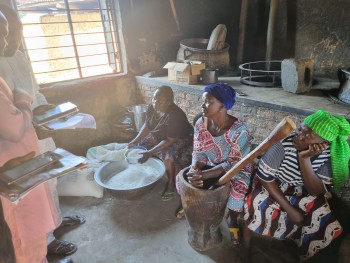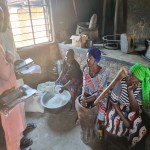Access to quality education is a powerful lever for breaking the cycle of poverty, especially in underserved communities. Education enhances economic opportunities, promotes better health, and fosters community development by equipping individuals with essential skills and knowledge. Here’s how access to education transforms lives and alleviates poverty:
1. Economic Empowerment and Job Opportunities
Education opens doors to better job prospects, enabling individuals to secure stable, higher-paying employment. With better income, individuals and families can afford necessities, invest in housing, and improve their quality of life. This financial stability reduces the likelihood of poverty and creates a foundation for sustainable economic growth within the community.
2. Health Improvement and Cost Reduction
Educated individuals tend to have better access to healthcare information, leading to healthier lifestyles. They are more likely to understand and utilize healthcare services, reducing the burden of medical expenses that often keep families in poverty. Health education also empowers individuals to manage chronic conditions, prevent diseases, and improve overall community health, which lessens the financial strain associated with poor health.
3. Gender Equality and Economic Inclusion
Education plays a significant role in advancing gender equality, particularly in communities where women face systemic barriers. Educating girls helps delay marriage, reduces birth rates, and increases economic participation. Empowered women often reinvest in their families and communities, fostering a cycle of growth and opportunity. This gender-focused approach to education helps close the poverty gap by empowering half of the population to contribute economically.
4. Community Development and Civic Engagement
Education fosters civic responsibility, encouraging individuals to participate in community affairs, advocate for better services, and contribute to local governance. This civic engagement leads to more accountable leadership, improved infrastructure, and enhanced public services. Educated community members are better equipped to advocate for policies that reduce poverty, enhance social services, and improve living conditions for all.
5. Breaking the Cycle of Poverty
Access to education empowers individuals to break free from intergenerational poverty. Educated parents are more likely to prioritize their children's schooling, creating a ripple effect that uplifts entire families and communities. By fostering a culture of learning, education becomes a long-term investment in reducing poverty and building sustainable communities.
Conclusion
Education is not just a means to individual success; it is a critical tool for creating resilient communities and breaking the poverty cycle. By promoting education in underserved areas, we empower individuals to improve their own lives, contribute to their communities, and drive progress. Access to education builds pathways out of poverty, creating a legacy of opportunity and hope for future generations.




